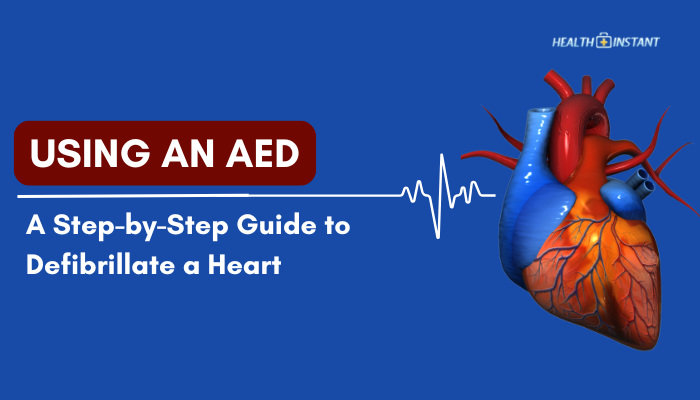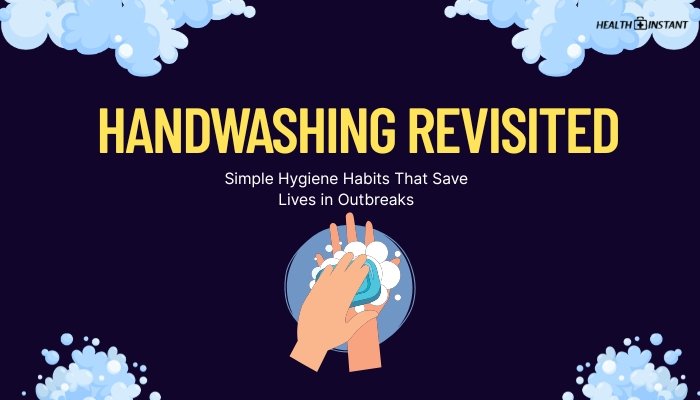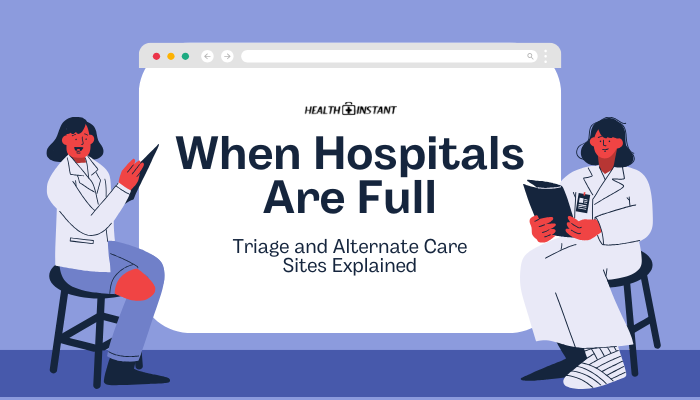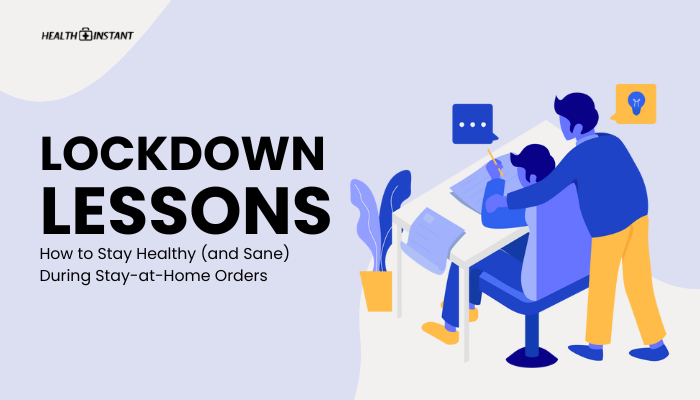Introduction
Natural disasters, pandemics, or conflict-driven crises frequently strain fixed healthcare infrastructure, making it hard for survivors to access immediate medical care. Mobile clinics bridge this gap by bringing healthcare services directly to affected neighborhoods or remote areas where hospitals might be damaged, far away, or overwhelmed.
Through agile teams and specialized vehicles, these clinics deliver life-saving interventions, preventative care, and essential medicines right where people need them most.
What Are Mobile Clinics?
Mobile clinics are self-contained medical units—often vans, buses, or trucks outfitted with examination spaces, basic diagnostic tools, and medication storage. They can also be temporary tents or modular setups hauled by vehicles. While they differ in size and complexity, mobile clinics commonly feature:
- Exam Rooms: One or more partitions for private consultations.
- Storage: Shelving for supplies, medicines, and equipment.
- Basic Amenities: Handwashing stations, refrigeration for vaccines or temperature-sensitive drugs.
- Electricity or Generators: Some incorporate solar panels or portable generators for power.
Why Mobile Clinics Are Vital in Disasters
- Accessibility
- They reach populations cut off by collapsed roads, flooding, or conflict, ensuring that remote or isolated individuals receive aid.
- They reach populations cut off by collapsed roads, flooding, or conflict, ensuring that remote or isolated individuals receive aid.
- Rapid Deployment
- Mobile units can roll into disaster zones soon after first responders, bringing immediate on-site care before conventional clinics are restored.
- Mobile units can roll into disaster zones soon after first responders, bringing immediate on-site care before conventional clinics are restored.
- Reduced Patient Traffic
- By providing initial triage or regular check-ups in the field, they relieve pressure on local hospitals already contending with high patient loads or infrastructure damage.
- By providing initial triage or regular check-ups in the field, they relieve pressure on local hospitals already contending with high patient loads or infrastructure damage.
- Continuity of Care
- Chronic disease management (e.g., for diabetes, hypertension) can continue despite disruptions in primary care.
Services Provided by Mobile Clinics
- Emergency Triage
- Stabilizing injuries, controlling bleeding, and initiating treatment for acute illnesses.
- Stabilizing injuries, controlling bleeding, and initiating treatment for acute illnesses.
- Primary Care and Screenings
- General check-ups, immunizations, maternal-child health interventions.
- General check-ups, immunizations, maternal-child health interventions.
- Mental Health Support
- Some mobile units incorporate counseling or psychological first aid, critical after traumatic events.
- Some mobile units incorporate counseling or psychological first aid, critical after traumatic events.
- Health Education
- Distributing hygiene kits, teaching about safe water, or demonstrating disease-prevention behaviors.
Logistics and Setup
- Route Planning
- Teams identify priority areas with minimal healthcare access or largest concentrations of displaced individuals.
- Teams identify priority areas with minimal healthcare access or largest concentrations of displaced individuals.
- Coordinating with Local Authorities
- Collaboration helps ensure security, crowd management, and quick identification of pressing needs.
- Collaboration helps ensure security, crowd management, and quick identification of pressing needs.
- Stocking Supplies
- Medical staff carry essential meds (antibiotics, pain relievers, chronic disease drugs) plus portable diagnostic devices (blood pressure monitors, glucometers).
- Medical staff carry essential meds (antibiotics, pain relievers, chronic disease drugs) plus portable diagnostic devices (blood pressure monitors, glucometers).
- On-Site Operations
- Typically, a tent or the vehicle itself becomes a clinic space, with chairs or benches for waiting patients.
Challenges Faced by Mobile Clinics
- Infrastructure Damage: Flooded roads or debris hamper movement, limiting the areas they can access.
- Limited Resources: Staff and medicines can run out quickly if demand is overwhelming.
- Security Concerns: In conflict zones, ensuring the safety of personnel and patients is essential.
- Funding and Sustainability: Ongoing operations rely on donor support or government budgets—both may wane as crises fade from public attention.
Success Stories and Case Examples
- Hurricane Response: After hurricanes in the Caribbean, mobile clinics delivered urgent services to rural towns. They often collaborated with local volunteers to track unserved pockets.
- COVID-19 Vaccination Drives: Many countries used mobile vans to bring vaccines to elderly or high-risk populations.
- Refugee Camp Deployments: In conflict regions, like parts of the Middle East or Africa, mobile clinics provided maternal care, pediatric check-ups, and immunizations in camps.
How Communities Can Support Mobile Clinics
- Volunteer
- Healthcare workers, translators, logisticians, or drivers can donate time.
- Healthcare workers, translators, logisticians, or drivers can donate time.
- Donate Supplies
- Medical or personal protective equipment, if accepted by recognized organizations.
- Medical or personal protective equipment, if accepted by recognized organizations.
- Advocate
- Raise awareness on social media or fundraisers, ensuring these clinics receive attention and financial backing.
Conclusion
Mobile clinics are transformative in how healthcare is delivered to disaster-hit or remote areas. By operating on wheels or in mobile tents, they tackle immediate medical concerns, reinforce public health capacity, and serve as lifelines for isolated communities.
Although logistic and funding hurdles exist, strong partnerships between NGOs, governments, and local societies can help these clinics thrive. Whether responding to floods, pandemics, or violence-related displacement, mobile healthcare teams provide critical relief and step toward recovery where conventional infrastructure can’t keep up.
References
- World Health Organization (WHO). (2020). Guidelines on mobile clinic operations in emergencies.
- Médecins Sans Frontières (MSF). (2019). Effective field-based healthcare strategies.
- United Nations Office for the Coordination of Humanitarian Affairs (OCHA). (2021). Addressing emergency health needs in conflict zones.
- International Federation of Red Cross and Red Crescent Societies (IFRC). (2022). Best practices for mobile health units.
Disclaimer: This content is informational. Operational details can vary by region, crisis type, or organizational mandates. Always follow guidance from recognized humanitarian and public health authorities.







